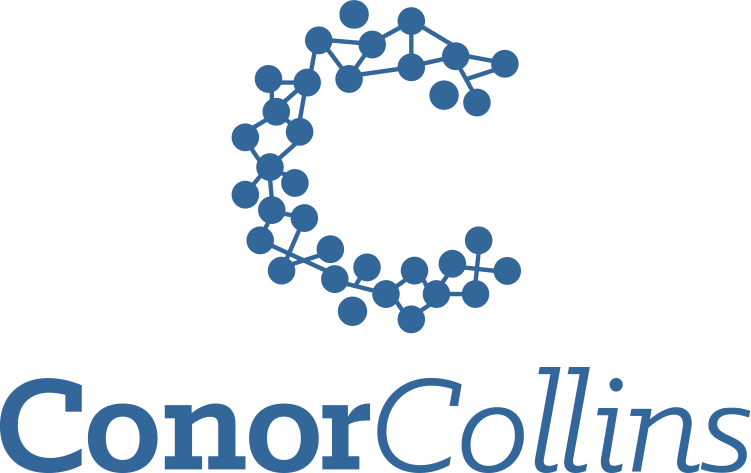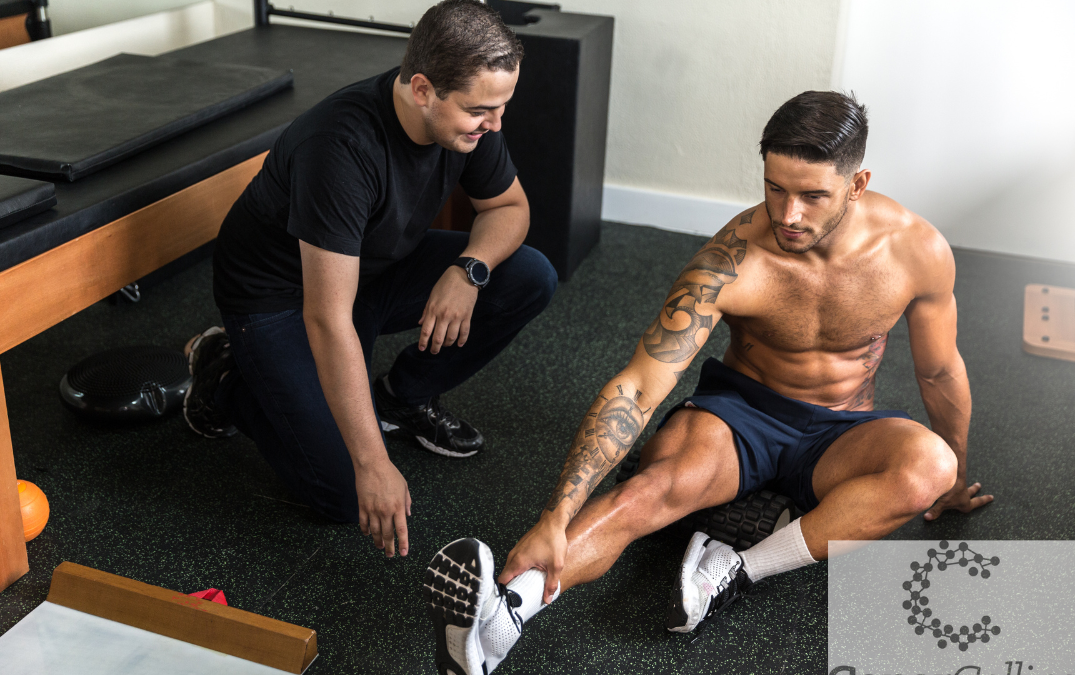This week’s guest blog is from Tyler Pearce
___________________________________________________________________________________________
It’s becoming more common for manual therapists to prescribe exercises for their clientele. The value of doing so is well-established at this point. Integrating active therapies with passive therapies collaboratively, often lead to a greater reduction in pain and improved function. In seniors with osteoarthritis, a combination of active therapy with passive therapy (such as joint mobilizations) may elicit greater improvements in pain, rather than when just receiving passive care.1 There’s also supporting evidence that those suffering from piriformis contractures secondary to non-specific low back pain can see improved function and reduced pain in as little as three weeks when receiving both active therapies and passive therapies at once.2
Active therapy can consist of different types of physical activity such as exercise, walking, gardening, or playing sports as well. With my less active clientele, I may have them perform 1-2 specific exercises in the clinic and not give any home exercises because I know they are unlikely to complete them. I will have the client focus on pacing strategies at home with different activities of daily living or hobbies instead. I may suggest walking to the store rather than driving or taking the stairs at work. Those with little taste or patience for activity can be easily deterred and if the exercises are too complicated, they may not do them at all. With my more active clientele I will ask them to show me or describe their workouts to me and what the goal of their workouts are. With these types of clients, I focus on regression and modification rather than have them stop all together. Those with high motivation for activity tend to get bored quicker so it’s important not to prescribe exercises that are too easy because they are likely to not do them. When giving exercises or suggesting different forms of physical activity, it’s important not to over-prescribe. Depending on who I’m dealing with, giving 1-5 exercises at most is enough. Over-prescribing exercises can be overwhelming, especially if they are normally inactive. If a client is overwhelmed, they are less likely to be compliant and will potentially take longer to recover.
Prescribing exercise to your clients can help them build robustness, resilience, confidence, autonomy, and overall help them take responsibility for their own health. In my experience, the success rate of rehabilitating an injury decreases if the treatment plan does not include an active therapy component. As massage therapists, people typically come to see us for our manual therapy skills, so the exercise portion isn’t the primary focus. Spending 5-15 minutes every few weeks going over a exercise program with your clients can go a long way. Selecting exercises that are best for your client’s injury isn’t hard, but selecting exercises and creating a treatment plan for the individual person can be very difficult. It’s important to remember that less is more, especially at the start. Designing a well-rounded treatment plan can be frustrating, because every person that comes into my office is different. Each client’s daily demands are variable. Some have families, some do not. Some are naturally physically active while others are not. Some can afford their weekly treatments whereas others have a much tighter budget. Those first few prescribed exercises are critical for creating buy-in.
The faster the exercises help, the faster I get buy-in from my clients. I always say “if I could snap my fingers and fix everything, I would”, but until that happens, it’s important to stress both patience and flexibility. Depending on the injury or complaint, I often prescribe more flexibility or mobility exercises at the beginning because they are often easier, feel good and are less fatiguing. From there, I will start prescribing more strength exercises which will likely be more fatiguing, challenging, and can cause some discomfort. It’s important to educate your client that a little pain isn’t a bad thing and that in order for tissue to become healthy again, it needs to be stressed progressively.
Strength training is critical in building resilient tissues but unfortunately isn’t emphasized enough, especially in the early stages of rehab. Even with uninjured clients, I often suggest strengthening exercises to target specific tissues that are under frequent stress. Strengthening high-stressed tissues may help reduce the chance of injury in the future.3 Even in the early stages of rehab for muscle strains, prescription of isometric strength training exercises can be beneficial in helping restore normal tissue health post-injury.4
Above all else, it’s important to consider the individual needs and lifestyle of the client and what their current situation entails. If you have a client with little experience in training, it may be more beneficial to have them perform the exercises with you in the clinic and have them focus on activity pacing strategies at home. Those with more experience can’t be given exercises that are too remedial because they may not be stimulated enough and can get bored, affecting compliance. No matter who you are dealing with, remember “less is more” and that exercises prescribed at the beginning should focus on symptom management, feeling good, calming the nervous system and overall, be less demanding. As you build buy-in, progressively increase the intensity of the exercises and emphasize more strength exercises.
References
- Jansen, M. J., Viechtbauer, W., Lenssen, A. F., Hendriks, E. J., & de Bie, R. A. (2011). Strength training alone, exercise therapy alone, and exercise therapy with passive manual mobilisation each reduce pain and disability in people with knee osteoarthritis: a systematic review. Journal of physiotherapy, 57(1), 11–20. DOI: 10.1016/S1836-9553(11)70002-9
- Hashimoto, H., Shibahara, M., & Osaki, M. (2023). Investigation of the effect of passive therapy and active exercise therapy in athletes suspected of low back pain with Piriformis muscle contracture. Journal pf Physical Education and Sport, 23(8), 2060-2072. DOI: 10.7752/jpes.2023.08237
- Lauersen, J.B., Andersen, T.E., & Andersen, L.B. (2018). Strength training as superior, dose-dependent and safe prevention of acute and overuse sports injuries: a systematic review, qualitative analysis and meta-analysis. British Journal of Sports Medicine, 52(24), 1557-1563. DOI: 10.1136/bjsports-2018-099078
- Palermi, S., Massa, B., Vecchiato, M., Mazza, F., De Blasiis, P., Maria Romano, A., Gioseppe Di Salvatore, M., Della Valle, E., Tarantino, D., Ruosi, C., & Sirico, F. (2021). Indirect Structural Muscle Injuries of Lower Limb: Rehabilitation and Therapeutic Exercise. Journal of Functional Morphology & Kinesiology, 6(3), 1-22. DOI: 10.3390/jfmk6030075
About the Author
Tyler is a registered massage therapist based out St. Catharine’s, Ontario and has a special interest in sport and clinic therapies. Prior to becoming a RMT, he worked as a strength and conditioning coach. Tyler has worked with amateur and professional athletes both locally and internationally, including with Australia Rugby, Grand Slam of Curling Tour, and Skate Canada (to name a few). Tyler will soon be pursuing his Masters of Science in Athletic Training at The State University of New York at Brockport.



Recent Comments